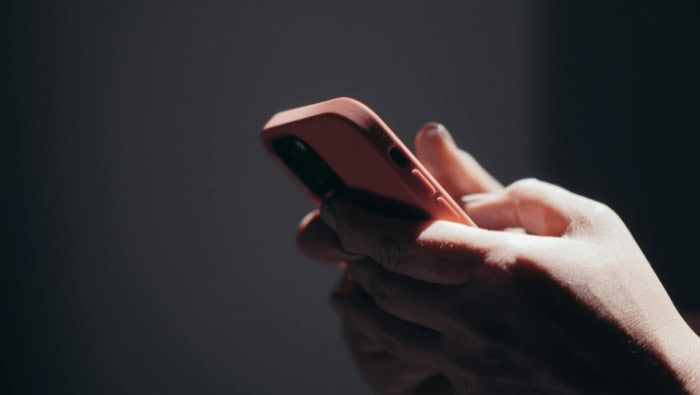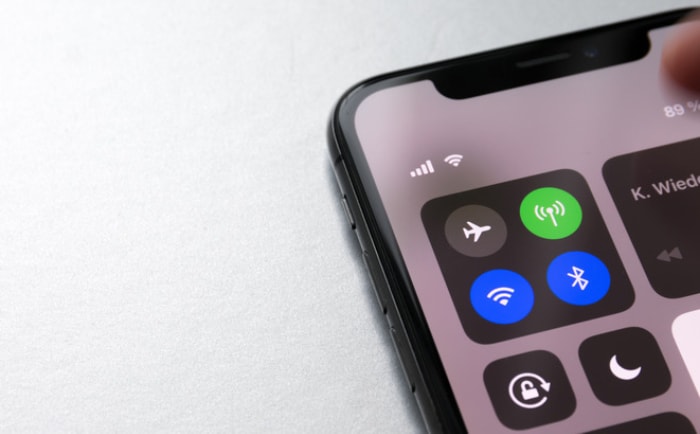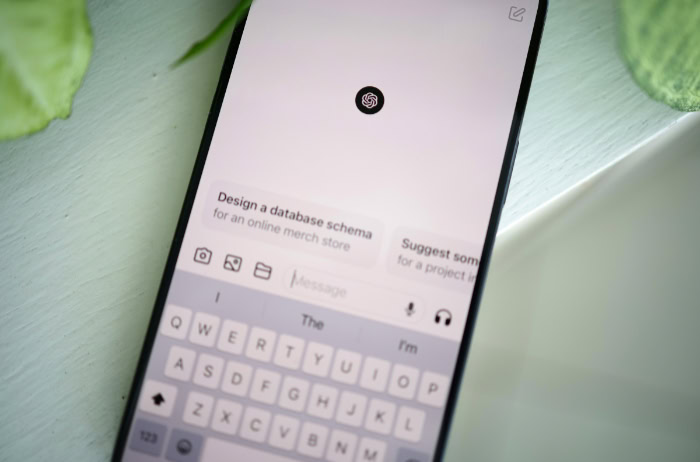iPhone 17 Pro Max vs. Xiaomi 17 Pro Max: The Verdict
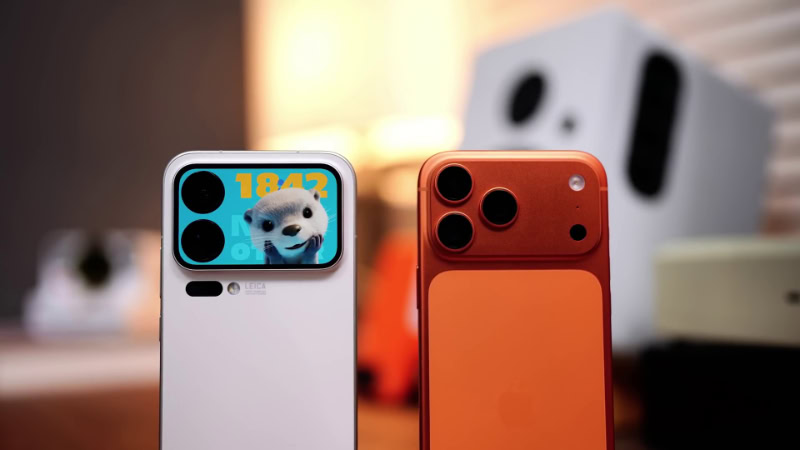
The summit of the smartphone world is a battleground for two titans: Apple's iPhone 17 Pro Max and Xiaomi's 17 Pro Max. These ultra-flagship phones represent the pinnacle of mobile engineering, yet they follow fundamentally different philosophies.
Prospective buyers often face a difficult choice, weighing Apple’s famously integrated ecosystem and dependable performance against Xiaomi’s raw hardware power and rapid innovation.
Performance and Thermals
The raw power inside a flagship phone dictates everything from how fast your apps open to how smoothly your games run. In this arena, the iPhone 17 Pro Max and Xiaomi 17 Pro Max showcase two of the industry's most advanced mobile processors.
Their differing architectures and supporting hardware create distinct performance profiles that become apparent under both everyday use and demanding, prolonged tasks.
Chipset Landscape
At the center of this contest are Apple's A19 Pro and Qualcomm's Snapdragon 8 Elite Gen 5, both built on a cutting-edge 3nm process node. The A19 Pro continues Apple’s focus on class-leading single-core speed, meaning individual tasks feel exceptionally quick and responsive.
Its 6-core CPU is engineered for power efficiency and tight integration with iOS.
In contrast, the Snapdragon 8 Elite Gen 5 in the Xiaomi 17 Pro Max utilizes an 8-core design that gives it an advantage in multi-core benchmarks. This architecture excels at juggling numerous processes simultaneously.
While the A19 Pro may feel faster for simple actions, the Snapdragon’s multi-core strength could provide an edge in complex, parallel workloads. For artificial intelligence and machine learning tasks, both phones feature powerful neural engines, with Apple's 16-core Neural Engine processing up to 35 trillion operations per second.
Sustained Workloads
A processor's peak speed is only useful if it can be maintained. For the first time, Apple has integrated a vapor chamber cooling system into the iPhone 17 Pro Max, a significant upgrade from the previous graphite sheets.
This advanced thermal management is designed to prevent performance throttling during intense activities like gaming or recording 4K video. During extended gaming sessions, this new system allows the iPhone to maintain peak frame rates for significantly longer while keeping the device cooler to the touch.
The phone can sustain high performance for over 90 minutes in some tests, a notable improvement over prior models.
Memory and Storage
For heavy multitasking and handling large files, memory and storage speeds are crucial. The iPhone 17 Pro Max now comes with 12GB of RAM across all models, paired with Apple’s fast NVMe storage in capacities ranging from 256GB to 2TB.
While 12GB is a welcome upgrade, the Xiaomi 17 Pro Max pushes further, offering configurations with up to 16GB of LPDDR5X RAM. This additional memory can make a tangible difference when switching between many demanding applications or working with large media projects.
The Xiaomi also uses the speedy UFS 4.1 storage standard, ensuring that apps and files load quickly.
Cameras and Video
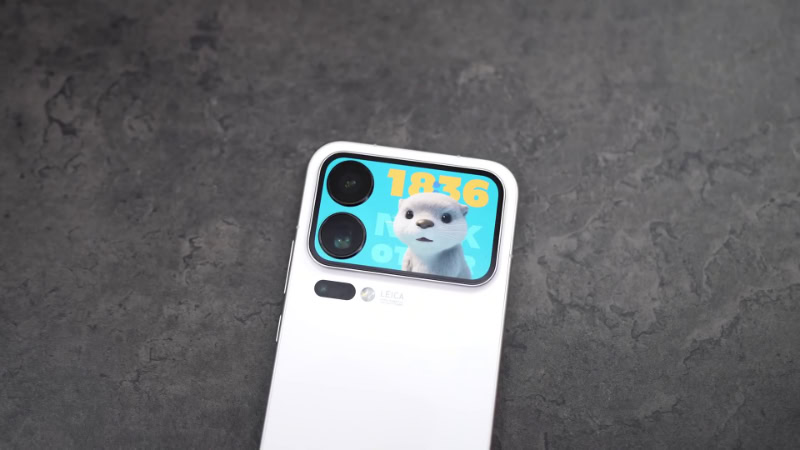
The camera systems on these devices represent two distinct approaches to mobile photography and videography. Apple continues to refine its trusted formula of hardware and software integration for predictable, high-quality results.
Xiaomi, on the other hand, pushes hardware boundaries with larger sensors and a collaboration with imaging legend Leica, offering a more stylized photographic experience.
Hardware Overview
The iPhone 17 Pro Max is equipped with a powerful triple-camera array, featuring a 48MP main sensor, a 48MP ultrawide lens, and a 48MP telephoto camera that provides 4x optical zoom. The system is enhanced by Apple’s LiDAR scanner, which provides rapid depth information for faster low-light autofocus and more accurate portrait mode effects.
The Xiaomi 17 Pro Max counters with an impressive triple-50MP setup, including a main camera, an ultrawide, and a periscope telephoto lens. Its hardware advantage is most apparent in the telephoto department, where its 5x optical zoom provides greater reach than the iPhone's 4x lens.
Further separating it is the partnership with Leica, which influences the camera's color rendering and offers distinct “Leica Vibrant” and “Leica Authentic” shooting modes.
Real-World Imaging
In practice, the differences in philosophy are clear. The iPhone 17 Pro Max produces images with balanced, natural-looking colors that are consistent across all three lenses.
Its Smart HDR technology excels at balancing highlights and shadows without appearing over-processed.
Xiaomi's images, particularly when using the Leica color profiles, are more stylized. Photos often appear punchier, with higher contrast and saturation, and sharpening can be more aggressive, which can give the impression of more detail.
In low light, the Xiaomi tends to produce a brighter image, revealing more in the shadows, whereas the iPhone delivers a more realistic, albeit darker, scene. When it comes to zoom, Xiaomi's larger telephoto sensor and 5x optical reach give it a clear advantage in sharpness at longer distances.
Video Creation
For video, the iPhone has long been the standard for reliability and quality, and the 17 Pro Max continues this legacy. It delivers exceptionally stable footage with smooth transitions between lenses and a “what you see is what you get” workflow that creators appreciate.
It records clean, detailed video in various lighting conditions and offers professional-grade features like ProRes and Log video modes that are usable across all its cameras.
The Xiaomi 17 Pro Max also shoots impressive 4K video, with its main camera performing particularly well, even in low light, thanks to its large aperture. However, the experience can be less polished.
For example, users cannot switch between lenses while recording in Log mode, and ultrawide video quality can sometimes lag behind the main sensor in sharpness and dynamic range. While Xiaomi provides extensive manual controls that professionals will appreciate, the iPhone's video system remains the more dependable and user-friendly tool for creators who need consistently excellent footage with minimal fuss.
Battery and Charging
A phone's ability to last through a demanding day is critical, and in this respect, the iPhone 17 Pro Max and Xiaomi 17 Pro Max take divergent paths. Apple relies on deep hardware and software optimization to extract maximum efficiency from its battery, while Xiaomi opts for a more direct approach by installing a battery with a massive capacity.
Both strategies aim to deliver all-day power, but they result in very different charging habits and user experiences.
Capacity and Endurance
The most striking difference lies in the battery size. The Xiaomi 17 Pro Max is equipped with a colossal 7,500mAh silicon-carbon battery, one of the largest available in a flagship smartphone.
This sheer volume of power is designed to provide multi-day use for some and a comfortable all-day experience for even the most demanding users.
In contrast, Apple continues its focus on efficiency over raw capacity, though with a notable split based on region. The iPhone 17 Pro Max model with a physical SIM tray features a 4,823mAh battery.
However, the eSIM-only versions sold in regions like the US have a larger 5,088mAh battery, as Apple utilizes the space freed up by removing the SIM tray to increase capacity.
Top-Ups and Standards
When it is time to recharge, Xiaomi holds a decisive advantage. The device supports 100W wired HyperCharge and includes the necessary charger in the box.
This technology can take the battery from empty to 42% in just 15 minutes, with a full charge completing in about an hour. It also features speedy 50W wireless charging and a convenient 22.5W reverse wireless charging function, allowing it to power other gadgets like earbuds.
The iPhone 17 Pro Max adheres to more common standards but at slower speeds. It supports wired charging at up to 40W using a standard USB-C Power Delivery charger, which is sold separately.
Wireless charging is available through MagSafe and the Qi2 standard at up to 25W. While effective, these speeds are significantly slower than what Xiaomi offers, requiring more time tethered to a cable or charging pad.
Practical Longevity
For heavy users, both phones are built to withstand a full day of intense activity. The iPhone 17 Pro Max can deliver between 10 and 11 hours of screen-on time under typical heavy use, a testament to its optimization.
However, activities like GPS navigation, extended 4K video recording, and heavy 5G usage will naturally reduce its runtime.
The Xiaomi 17 Pro Max's massive battery provides a substantial safety net. Heavy users can confidently engage in power-intensive tasks without constantly worrying about finding an outlet.
Its impressive active use score shows it can handle long sessions of gaming, browsing, and video streaming with power to spare, making it an excellent choice for those who prioritize maximum uptime above all else.
Display, Build, and Biometrics
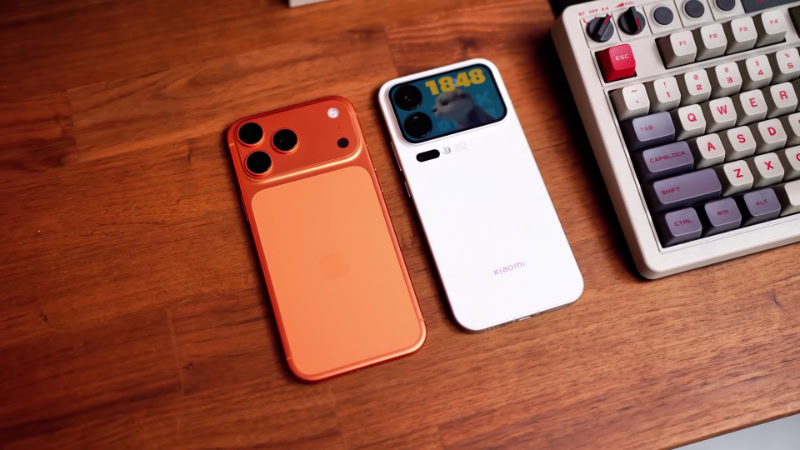
The way a phone looks, feels, and functions in your hand is defined by its display, materials, and security methods. Both the iPhone 17 Pro Max and Xiaomi 17 Pro Max feature massive, premium screens and robust construction, but they differ significantly in their approach to user interaction.
Xiaomi introduces a novel secondary display, while Apple refines its proven combination of durable materials and facial recognition.
Screen Experience
Both devices are built around expansive 6.9-inch LTPO OLED screens with adaptive 120Hz refresh rates, delivering exceptionally smooth and vibrant visuals. The iPhone 17 Pro Max features a Super Retina XDR display with ProMotion technology, reaching a peak brightness of 3,000 nits for excellent outdoor visibility and sporting a new anti-reflective coating to reduce glare.
The Xiaomi 17 Pro Max, however, pushes brightness even further, with its panel hitting a remarkable peak of 3,500 nits. It also uses high-frequency PWM dimming, which can reduce eye strain for sensitive users.
The Xiaomi's most innovative feature is its 2.9-inch secondary LTPO AMOLED display on the back, nestled within the camera module. This versatile screen can act as a high-quality viewfinder for taking selfies with the main camera, display notifications, or show custom widgets, adding a layer of functionality the iPhone cannot match.
Durability and Materials
Apple continues its tradition of using premium materials, constructing the iPhone 17 Pro Max with a durable Grade 5 titanium frame and protecting the display with Ceramic Shield 2 glass. The new glass is not only tougher but also includes an anti-reflective coating that enhances legibility in bright light.
Xiaomi uses an aluminum frame for the 17 Pro Max and protects its screen with the company's proprietary Dragon Crystal Glass 3. Durability tests show that Xiaomi's glass technology is impressively tough, offering resistance to scratches and impacts that is nearly on par with Apple's Ceramic Shield.
Both phones are rated IP68 for dust and water resistance, ensuring they can survive submersion and exposure to the elements.
Unlock and Ergonomics
The two phones offer fundamentally different biometric unlocking methods. The iPhone 17 Pro Max relies exclusively on Face ID, Apple's secure and seamless facial recognition system housed within the Dynamic Island.
It works reliably in various lighting conditions but requires you to look at the device.
In contrast, the Xiaomi 17 Pro Max uses an advanced ultrasonic in-display fingerprint sensor. This allows for quick and convenient unlocking without needing to pick the phone up from a table or perfectly align your face with it.
For ergonomics, despite both being large devices, the Xiaomi is slightly thinner and lighter than the iPhone, which may make it more comfortable for some users during one-handed operation.
Software, Ecosystem, Pricing, and Value
A phone's true worth extends beyond its hardware to its operating system, the ecosystem it inhabits, and its overall cost. The iPhone 17 Pro Max and Xiaomi 17 Pro Max represent two opposing philosophies in this regard.
Apple offers a highly polished, secure, and seamlessly integrated experience at a premium price. Xiaomi provides a flexible, feature-rich, and customizable system that delivers flagship power for significantly less money.
OS Experience
The iPhone 17 Pro Max runs on iOS 26, which continues Apple's tradition of providing a stable, secure, and user-friendly interface. The experience is defined by its simplicity and deep integration with Apple's services.
New visual enhancements in iOS 26 include dynamic transparency effects and improved tactile responses, making interactions feel fluid. However, customization remains limited compared to its rival. While users can now change icon background colors, it is a minor tweak compared to the extensive options on Android.
Xiaomi’s device operates on HyperOS 3, which is built on top of Android 16. This system champions flexibility and user choice.
The launcher allows for deep customization, including changing icons, adjusting the home screen grid, and choosing between an app drawer or an iOS-style layout. A standout feature is “HyperIsland,” Xiaomi's evolution of Apple's Dynamic Island.
It not only displays background activities but also integrates with HyperOS's multi-window capabilities, allowing users to launch an app as a floating pop-up directly from the notification area, turning it into a powerful multitasking tool.
Cross-Device Life and AI
Apple's greatest strength is its ecosystem. The iPhone 17 Pro Max works seamlessly with Macs, iPads, and Apple Watches through a suite of Continuity features.
Users can use their iPhone as a high-quality webcam for their Mac, automatically unlock their computer with an Apple Watch, and effortlessly share files via AirDrop. New AI-powered “Apple Intelligence” features are supported by the upgraded 12GB of RAM, enabling on-device enhancements like adaptive power modes to extend battery life and new camera tricks.
Xiaomi has also built a robust ecosystem, and its approach is often more feature-driven within the phone itself. On-device AI optimizes performance and power consumption, while HyperOS 3 introduces its own smart features and connectivity options that work well with other Xiaomi products.
For users who are not already invested in Apple's ecosystem, Xiaomi's versatile software and powerful on-device tools offer a compelling alternative that does not require buying into a whole family of products to be useful.
Pricing and Storage Tiers
The value proposition of these two phones diverges sharply on price. The iPhone 17 Pro Max is positioned as a premium device with a premium price tag, starting at $1,199 for the 256GB model and reaching up to $1,999 for the new 2TB storage option.
It is available globally in over 40 countries from launch.
The Xiaomi 17 Pro Max offers a more aggressive pricing strategy. It launched first in China with a starting price of approximately $825 for a model with 12GB of RAM and 512GB of storage.
It offers configurations with up to 16GB of RAM and 1TB of storage. While its initial availability is more limited, its significantly lower price for comparable or even superior hardware specifications in some areas, like RAM and charging, makes it an attractive option for budget-conscious power users.
Conclusion
Choosing between the iPhone 17 Pro Max and the Xiaomi 17 Pro Max ultimately comes down to a clear divergence in philosophy and priorities. The decision rests on which set of strengths best aligns with your daily needs and what you value most in a smartphone.
The iPhone 17 Pro Max is the definitive choice for users who prioritize a seamless, integrated experience across multiple devices. Its strength lies in its polished and stable software, unmatched reliability in video creation, and a camera system that produces consistently natural and high-quality images.
If your workflow depends on the effortless connectivity of the Apple ecosystem and you need a dependable tool for content creation, the iPhone is the more suitable option.
Conversely, the Xiaomi 17 Pro Max makes a powerful case for itself through sheer hardware prowess and value. It is the better pick for users who want industry-leading charging speeds, the security of a massive battery, and the flexibility of a superior telephoto lens.
The innovative rear display adds a unique layer of functionality, while its aggressive pricing makes its high-end features accessible to a wider audience.
The best phone for you is the one that excels in the areas you care about most. Consider whether your satisfaction is most tied to raw performance, camera versatility, all-day endurance, physical design, or the software experience.
